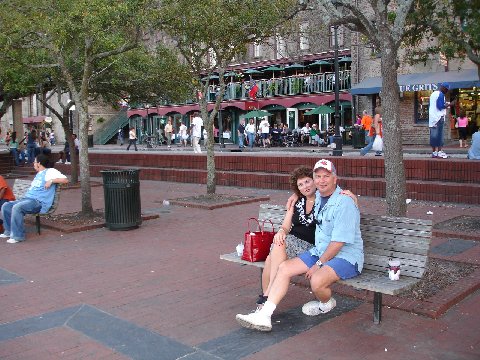
Things I liked....
1. When we went into a bar or night club the music was not over bearing. You could still have a conversation at your table and order drinks with out having to yell. Also the music wasn't heard past the door of the club.
2. No Graffiti
3. No one wearing pants down past their asses.
4. No trash on the streets ( people were always sweeping and cleaning)
5. People practised their Buddhist faith, the symbols of Buddhism were everywhere and celebrated.
6. Pride in their King
7. Keeping of their National identity
8. People moved with purpose ( If there was a line it moved quickly) No fiddle farting around
9. If you went into a shop or restaurant the staff was at your service.
10. The best laundry service anywhere
11. A doctors visit with medication was $3
12. It seemed as if everyone had a job, lots of entrepreneurship
13. Restroom attendants, I never saw one dirty bathroom. Also people tend to clean up after themselves if they know someone is watching.
14. The love of animals, they are welcomed almost everywhere. (If animals don't like you , there is a good chance your a rat bastard.)
15. Souvenirs - I love sarongs!!! real ones with ties not those funky beach things.
Things I didn't like so much
1. Beggars
2. Pushy salespeople
3. Food was terrible
4. All the scams/robberies- 2x someone attempted to rob me physically. One tried to grab my watch while walking on a crowded side walk and scratched my wrist. Another guy pulled a knife on me and said give me your money. The phrase Fuck off translates the same in any language. The third time our luggage was broken into on the tour bus taking us from the airport to the hotel in Phuket. Phuket was the place I felt least safe in all the places I visited. Crowbar marks on the doors of the hotel rooms did nothing to give me a sense of security.
5. Couldn't get a decent drink anywhere
6. Things were expensive no matter what anyone says, for most things aside from groceries at the market (cheap) everything else was what I would pay in the states or more. a $7 bottle of Beringers White Zinfandel at home, was $36 in Thailand.
7. Disgusting backpackers,unshaven stinky hippies with topknots (queer ass looking hair buns on dudes), and European scumbags that walk up to you and say "Can I ask you something?" anyone that comes up talking to you is no good, keep walking and ignore them. Its more likely you will be pick pocketed by one of these guys or asked to see a "Ping Pong" show.
8. Australians the most obnoxious pieces of shit on the planet.























































